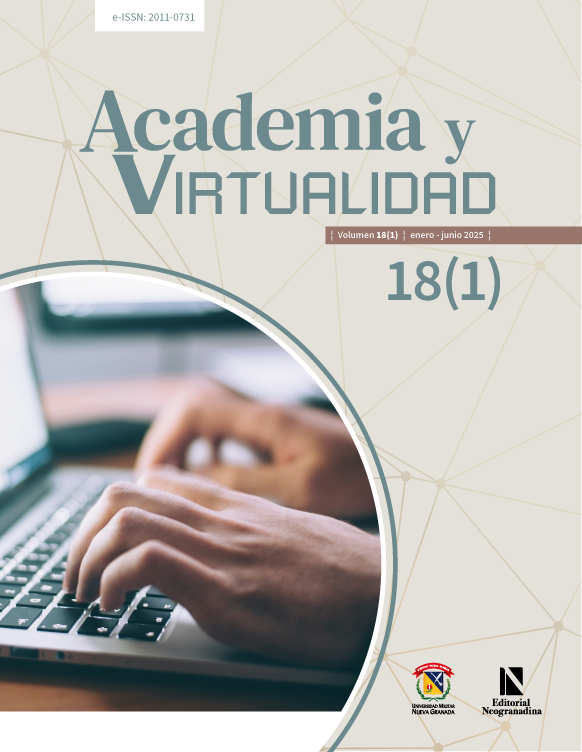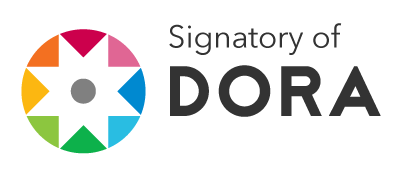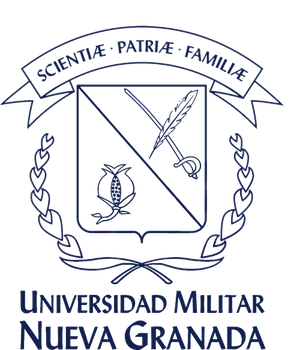Photo Narratives
A Pedagogical Proposal to Enhance Pre-Service English Teachers’ Literacy Practices
Abstract
This research aimed to enhance meaningful literacy practices among a group of pre-service English teachers through the use of photo narratives. The researcher conducted a survey with the participants, revealing that their writing skills during high school had become “frozen” due to the COVID-19 pandemic. Additionally, students reported that many writing activities in their schools lacked significance, resulting in their literacy skills being below the expected level for the academic environment. To address this issue, the teacher developed workshops that encouraged students to take photographs related to their personal context, thereby fostering meaningful literacy practices. Data for this pedagogical intervention were collected through students’ written reflections and a follow up survey. The results indicate that through photo narratives, students were able to express their emotions regarding topics of personal interest. Furthermore, these visual narratives helped students gain a better understanding of their context in relation to national history. As a result, they became active learners, exploring and analyzing their surroundings, which are rich in social content. In conclusion, photo narratives can serve as an effective strategy in English as a Foreign Language (EFL) classes to promote meaningful learning among learners.
Downloads
References
AlAjlan, M., and Ani, M. (2023). What's next? challenges of teaching English in the post-covid-19 pandemic in Kuwaitu. Arab World English Journal, (1), 304-323. https://doi.org/10.24093/awej/comm1.22
Arya, D. (2021). Covid-19: The Indian children who have forgotten how to read and write. BBC. Retrieved November, 29,2023.
Barthes, R. (2004). La Cámara Lúcida. Paidós.
Barton D., Hamilton M. (1998). Local literacies: Reading and writing in one community. New York: Routledge.
Bergaus, M. (2015b). Design Issues for Service Delivery Platforms. https://doi.org/10.1007/978-3-658-10541-9 .
Castro-Garcés, A. Y. (2021). Awakening sociocultural realities in pre-service teachers through a pedagogy of multiliteracies. https://doi.org/10.26817/16925777.844
GIST - Education and Learning Research Journal, (22), 173-197. https://doi.org/10.26817/16925777.844
Chai, C.-L. (2019). Enhancing visual literacy of students through photo elicitation. Journal of Visual Literacy, 38(1-2), 120-129 https://doi.org/10.1080/1051144x.2019.1567071
Chapetón castro, C. M. (2005). Fostering resiliency through literacy practices with adults in situations of displacement. Íkala, Revista de Lenguaje y Cultura, 10(1), 281-311. https://doi.org/10.17533/udea.ikala.3137
Domínguez Romero, E., and Bobkina, J. (2021). Exploring critical and visual literacy needs in Digital Learning Environments: The use of memes in the EFL/ESL university classroom. Thinking Skills and Creativity, 40, 100783. https://doi.org/10.1016/j.tsc.2020.100783
Dubois, P. (1986). El acto fotográfico. De la Representación a la Recepción. Paidós.
Ewald, W.(2015). Wendy Ewals: This is where we live. Financial Times London. Recuperado de Wendy Ewald: This Is Where We Live | Financial Times (ft.com)
Ferreiro, E. (2010) La diversidad en el acercamiento a lo escrito: ¿obstáculo o ventaja pedagógica? Actas del 32 Congreso internacional de IBBY. La fuerza de las minorías. Santiago de Compostela: IBBY.
Freire, P., and Macedo, D. P. (2016). Literacy: Reading the word and the world. Routledge.
Dirkx, J. M. (1998). Transformative learning theory in the practice of adult education: An overview. PAACE journal of lifelong learning, 7, 1-14.
Greenier, V., and Moodie, I. (2021). Photo-narrative frames: Using visuals with narrative research in Applied Linguistics. System, 102, 102597. https://doi.org/10.1016/j.system.2021.102597
Jain, N. (2021b). Survey versus interviews: Comparing data collection tools for exploratory research. The Qualitative Report. https://doi.org/10.46743/2160-3715/2021.4492
Kennedy, B. (2015). TED. Visual literacy: why we need it. Web. YouTube. (n.d.). YouTube. https://www.youtube.com/watch?v=E91fk6D0nwM
Knowles, C. (2018). Researching and photographing cities: Getting started. Cultural Studies and Transdisciplinarity in Education, 9-21. https://doi.org/10.1007/978-981-10-8100-2_2
Moran, M. J., and Tegano, D. W. (2005). Moving toward Visual Literacy: Photography as a Language of Teacher Inquiry. Early Childhood Research and Practice, 7(1), n1.
Nurhusna, W., Muljanto, S., Putri, A. R., Amalia, F., and Rahayu, N. (2023, December). The Use of Image in EFL Classroom: The Perspective of Multimodality. In Proceeding Virtual English Education Students Conference (Vol. 2, No. 1,pp. 177-183).
Pekrun, R. (2000). A social-cognitive, control-value theory of Achievement Emotions. Advances in Psychology, 143-163. https://doi.org/10.1016/s0166-4115(00)80010-2
Pekrun, R., Goetz, T., Titz, W., and Perry, R. P. (2002). Academic emotions in students' self-regulated learning and achievement: A program of qualitative and quantitative research. Educational Psychologist, 37(2), 91-105. https://doi.org/10.1207/s15326985ep3702_4
Peña Sánchez, N. (2011). Entrevista a Wendy Ewald. ¿Cómo desarrollar propuestas Colaborativas utilizando La Fotografía? Pulso. Revista de Educación, (34), 211-223. https://doi.org/10.58265/pulso.5034
Quilismal Prieto, A. (2024). Visual narrative: Pedagogical proposal to stimulate reading in Colombian adult EFL learners using The Four-Phase Model of Interest Development. Universidad Nacional de Colombia.
Street, B.V. (1984). Literacy in theory and practice. Cambridge: Cambridge University Press.
Ugas, F., (2010). Prolegómenos a una Pedagogía de la imagen. Barquisimeto: Ediciones GEMA.
Wiseman, A. M., Mäkinen, M., and Kupiainen, R. (2015). Literacy through photography: Multimodal and visual literacy in a third grade classroom. Early Childhood Education Journal, 44(5), 537-544. https://doi.org/10.1007/s10643-015-0739-9
Vera Romero, L. A., Allende Hernández, J. J., and Villamizar de Camperos, Y. (2018). Photographs as a pedagogical tool to strengthen the reading and writing competences. Revista Logos, Ciencia and Tecnología, 10(4). https://doi.org/10.22335/rlct.v10i4.609
Copyright (c) 2025 Academia y Virtualidad

This work is licensed under a Creative Commons Attribution-NonCommercial-NoDerivatives 4.0 International License.











